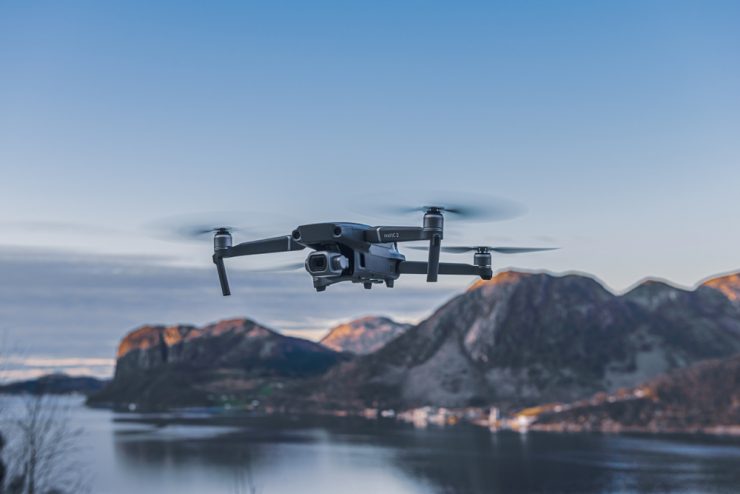New regulations for professional and hobbyist drone operators have been highlighted at the UNC Conference in Fornebu, Norway, with individual presentations and reports from the event (in Norwegian) made available on the UAS Norway website (https://www.uasnorway.no/unc-2019-dronene-er-pa-plass-for-politipatruljene/).
According to senior legal adviser Tom Egil Herredsvela and flight operations inspector Stensby Bogan from the Unmanned Aviation Section of the Civil Aviation Authority, the following new regulations have been announced:
- All drone pilots operating a drone weighing over 250 grams and/or a drone with sensor must register their drone with the Civil Aviation Authority so that it is identifiable.
- There will no longer be any difference between hobby and professional operations. Everyone will adhere to the same regulations.
- Drones weighing less than two kilos can be operated up to 50 meters from humans. Drones under four kilos can be operated as close as five meters under certain conditions.
- In the new rules, drone operations are divided into “open” and “specific” categories. Many of today’s commercial (RO1) operators will fall into the “open” – or visual line of sight (VLOS) category – which is divided into three subcategories: A1, A2 and A3, with different training and exam regimes.
- Later there will also be a “certified” category for high risk operations.
Operators flying VLOS operations will be permitted to fly a maximum of 120 meters above the ground with drones under 25 kilos. In general, there is no operator permit requirement when flying in an open category, says Herredsvela. But the distance between the drone operator and people not taking part in the operation will be determined by the weight of the drone.
As operators will now be allowed to fly closer to people, some of the operators certified as RO2 and RO3 operators can today operate in the “open” category. If a beyond visual line of sight (BVLOS) approval is required the operation falls into the “specific” category. “In this category, which is for higher-risk drone flying, a risk analysis must be conducted and applied for to get the operation of the Civil Aviation Authority. This is no different than applying for an RO2 permit today,” according to the conference report.
“LUC” operations will be authorized to be self-certified, similar to today’s RO3 category.
The regulations will apply from 1 July 2020, but there will be a transitional period of one year, during which operators can fly in accordance with current regulations.
Meanwhile, the number of drone operators in Norway will climb to 460,000 in 2019, according to Ola Gaute Askheim of Norwegian consultancy Opinion. In 2018, the agency estimated that 56,000 Norwegians would acquire a drone within the next 12 months and this forecast has proved to be 100 per cent accurate. The agency is predicting between 50,000 and 60,000 operators will buy new drones over the next year and up to 930,000 are currently considering buying drones.
The most important thing is that the industry is commercially self-reliant, said Transport Minister Jon Georg Dale at the opening of the event. The state must facilitate sensible regulatory measures and opportunities for testing, but finding a commercial basis that gives room for growth is the industry’s responsibility. This must be a new industry, not a costly expense for the state, he told delegates.
(Image: PatrickL / Shutterstock.com)




